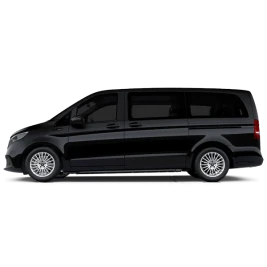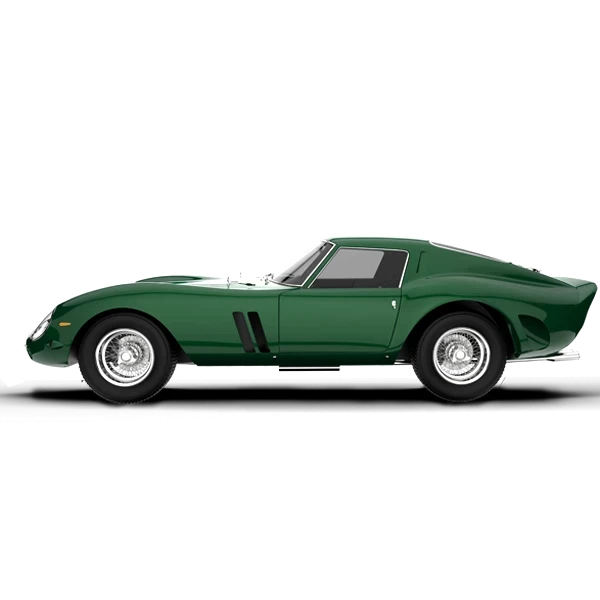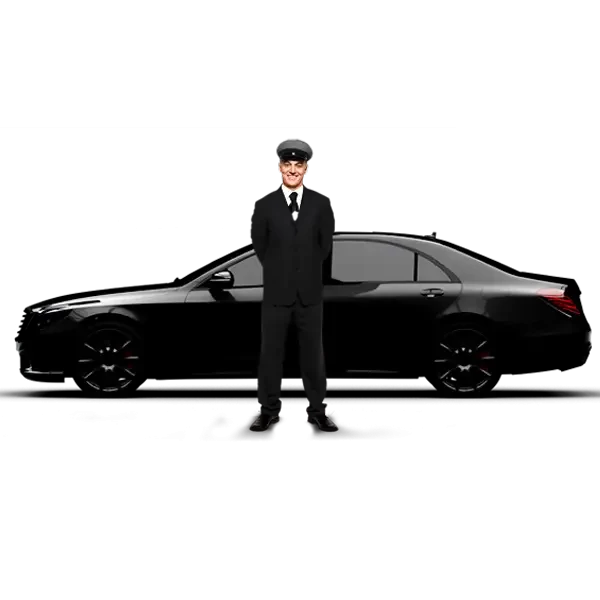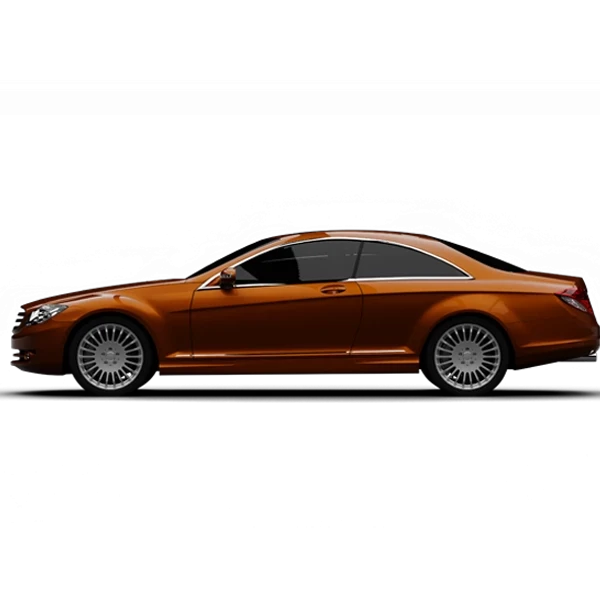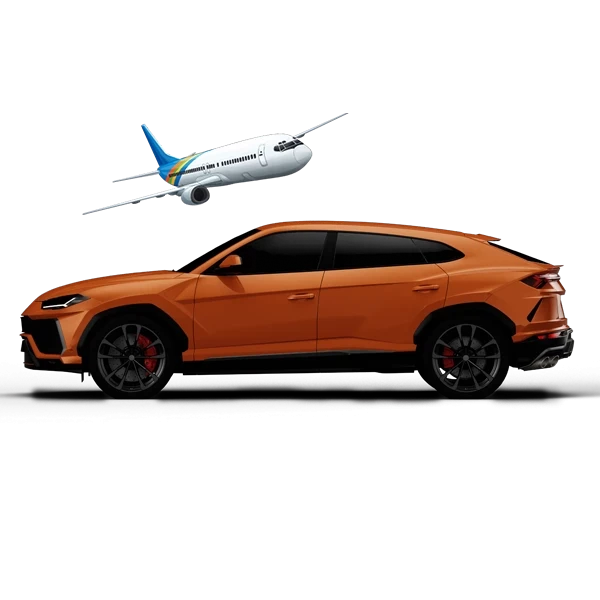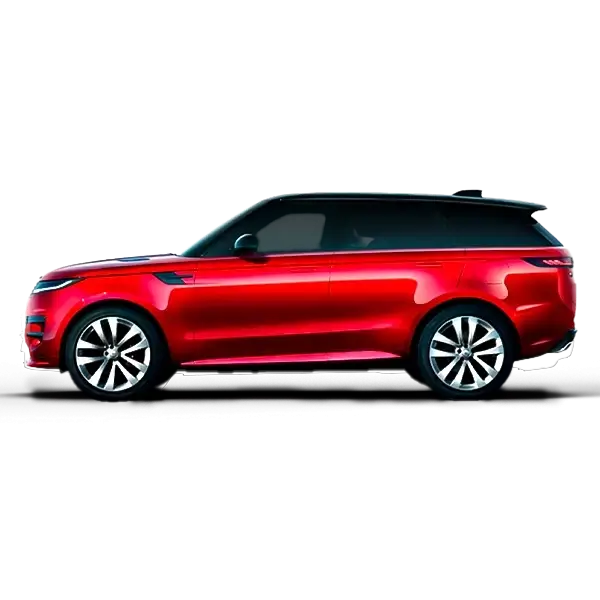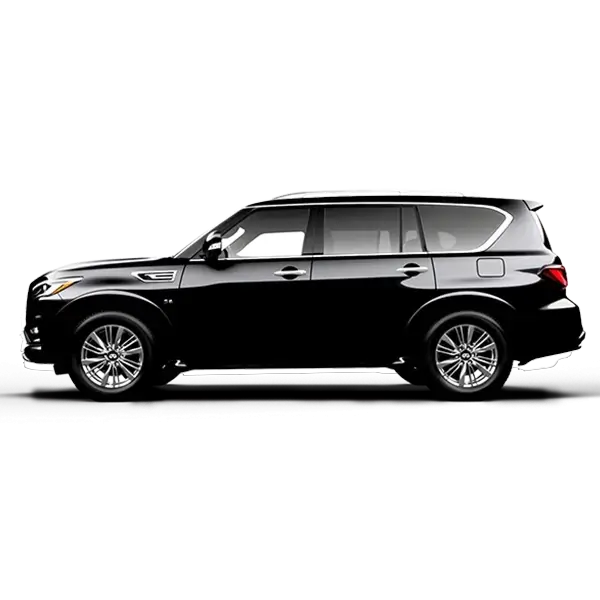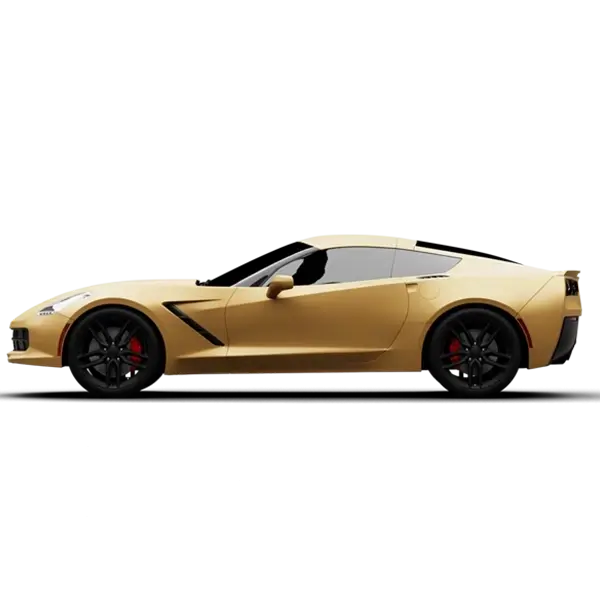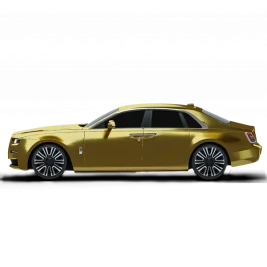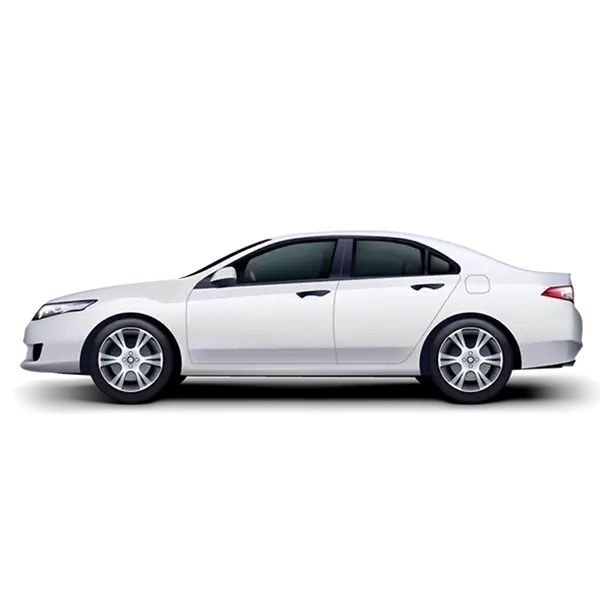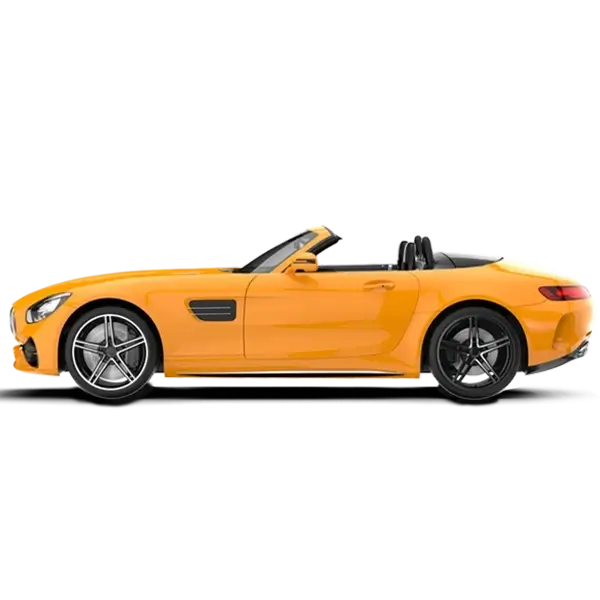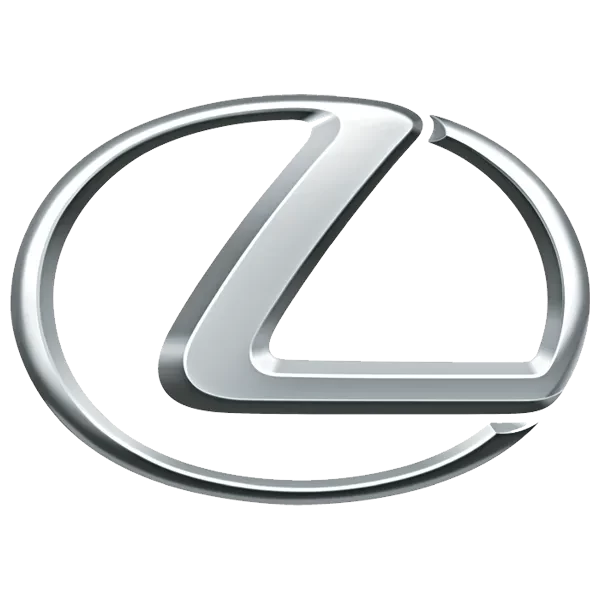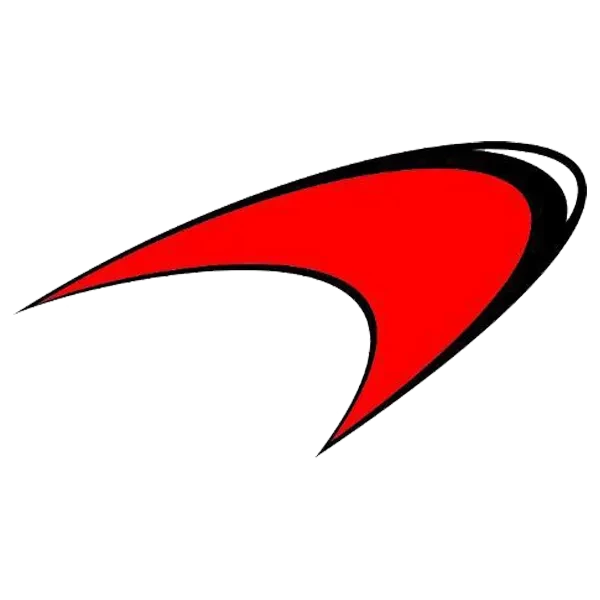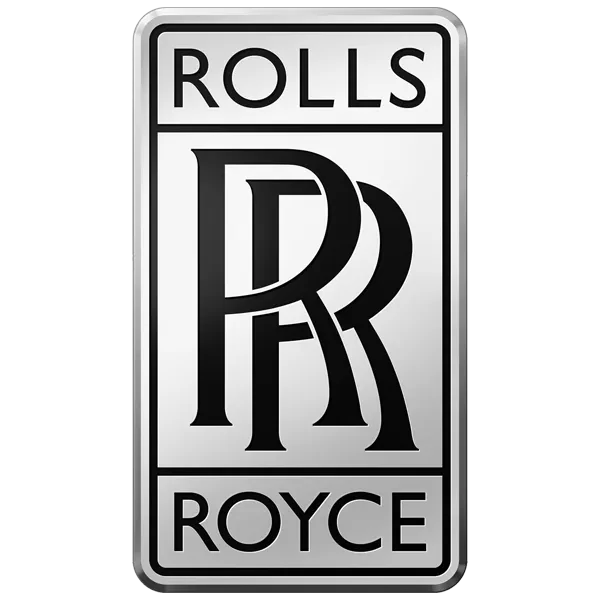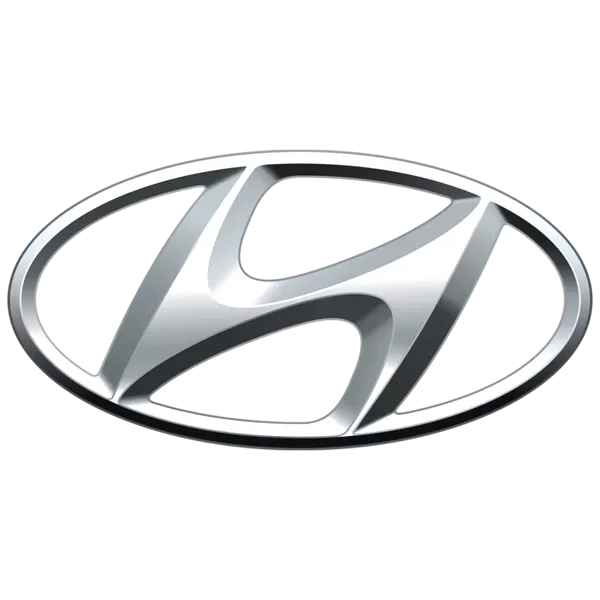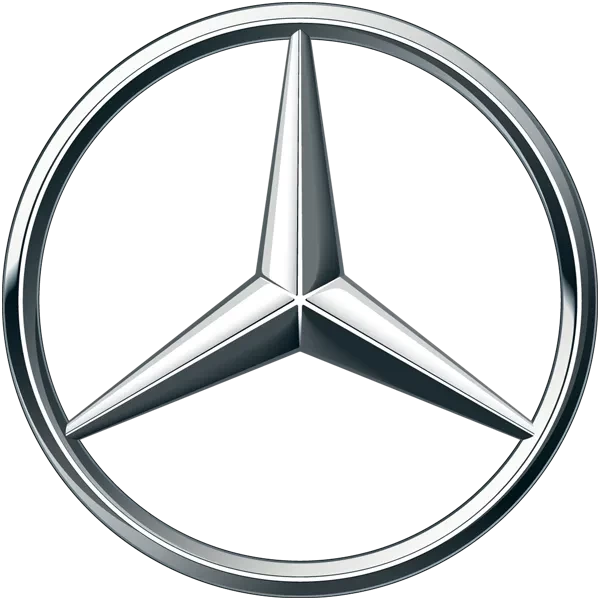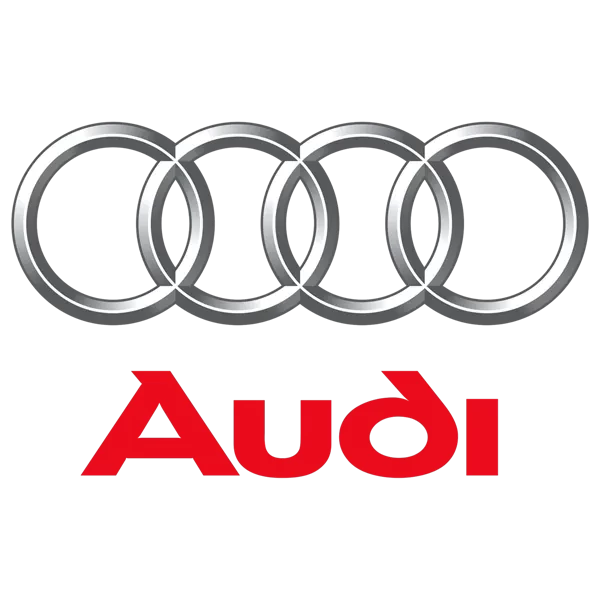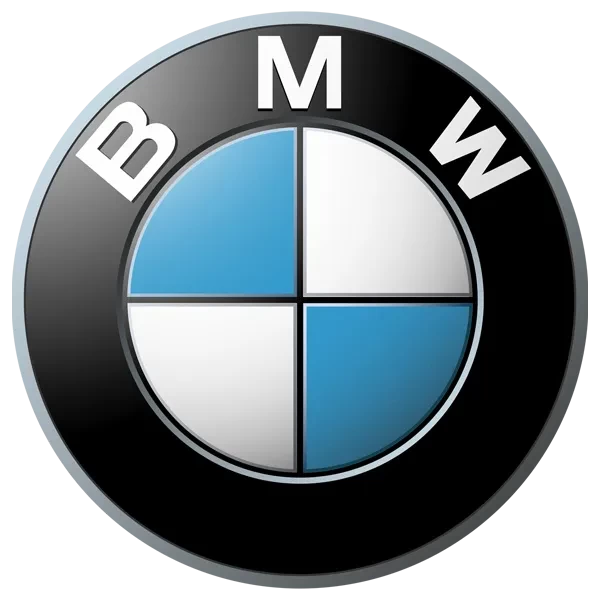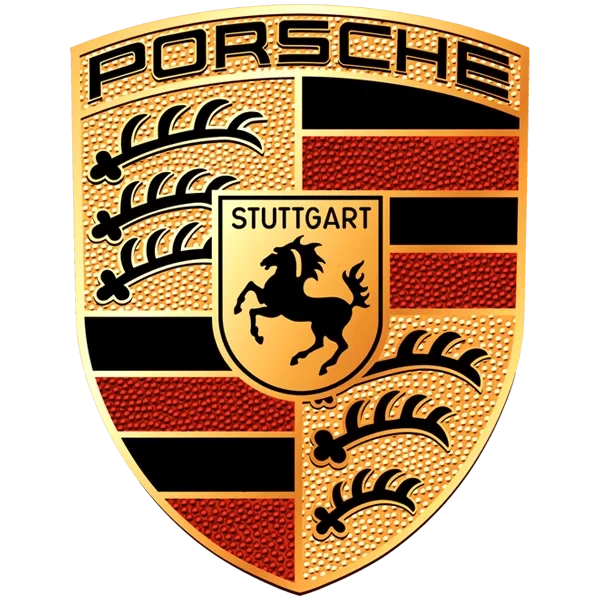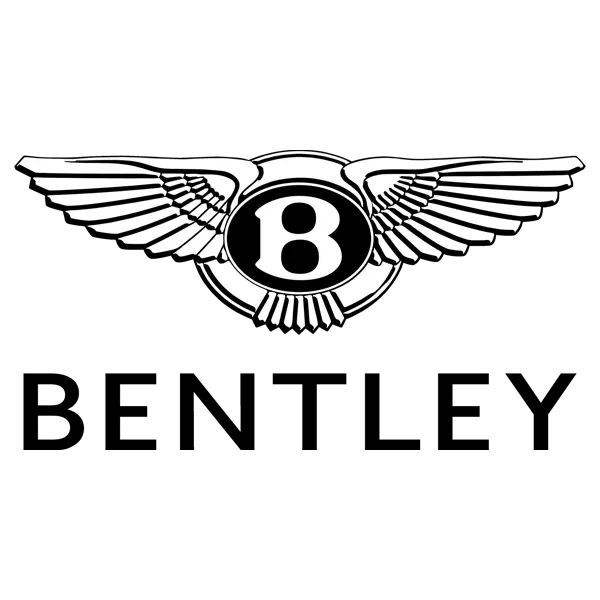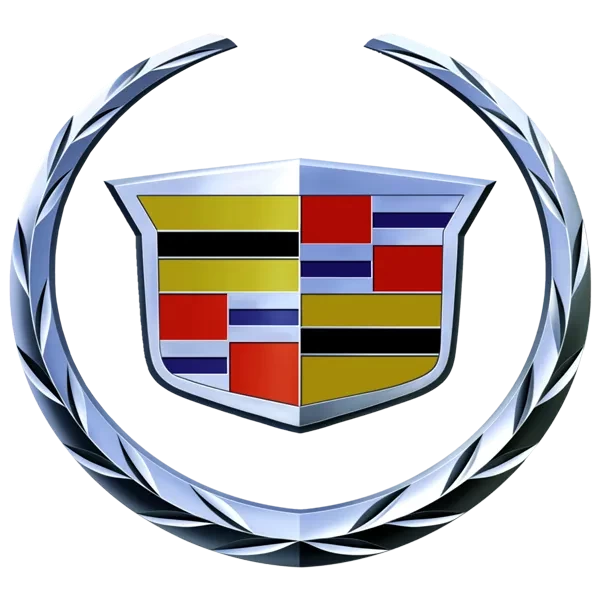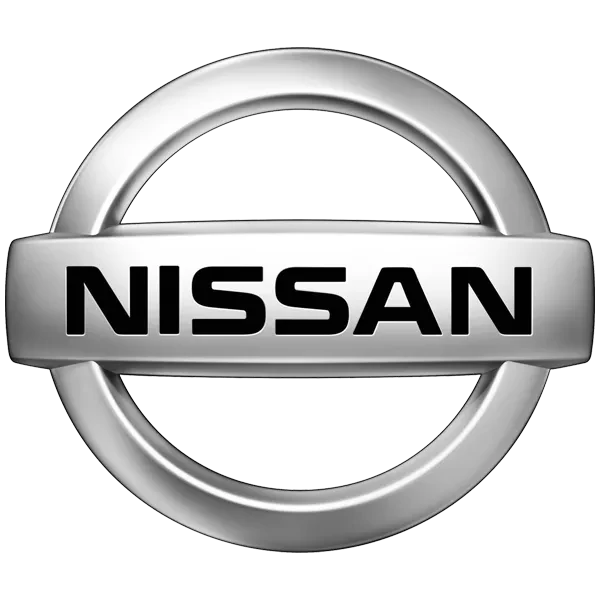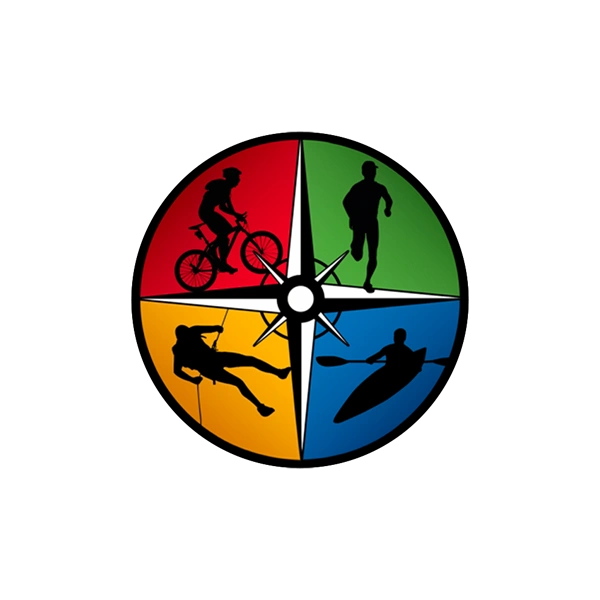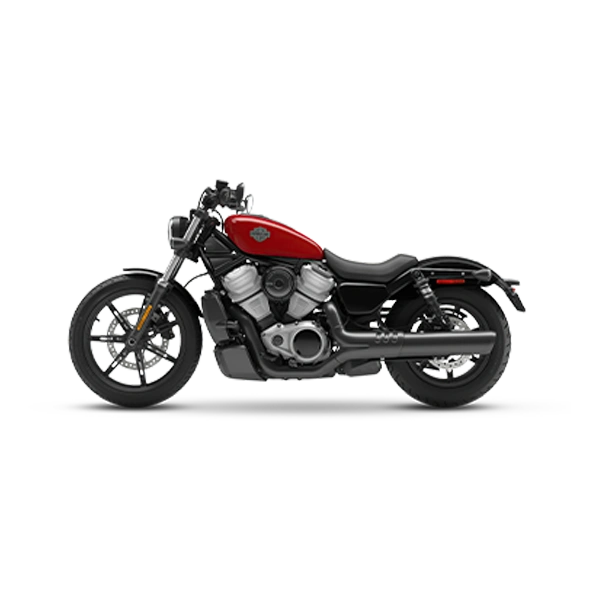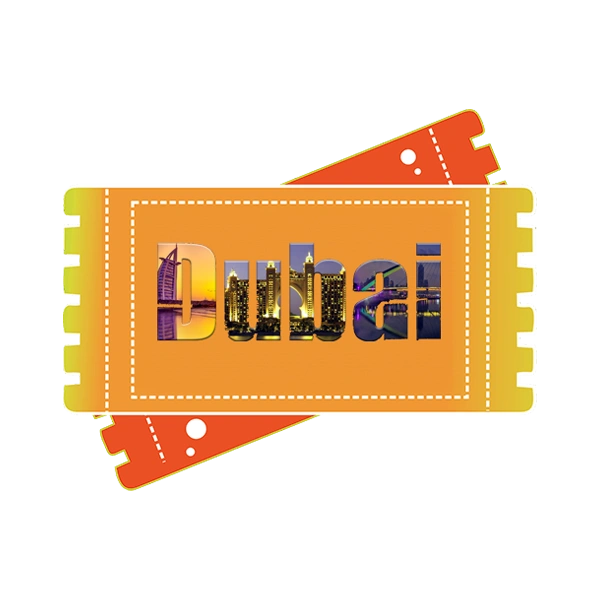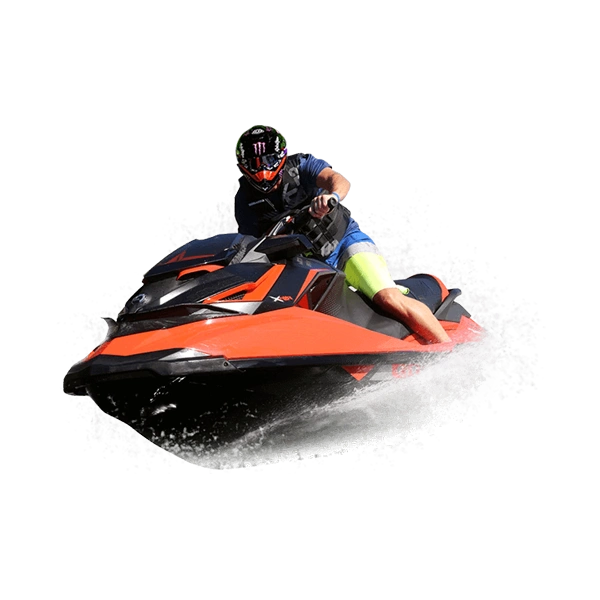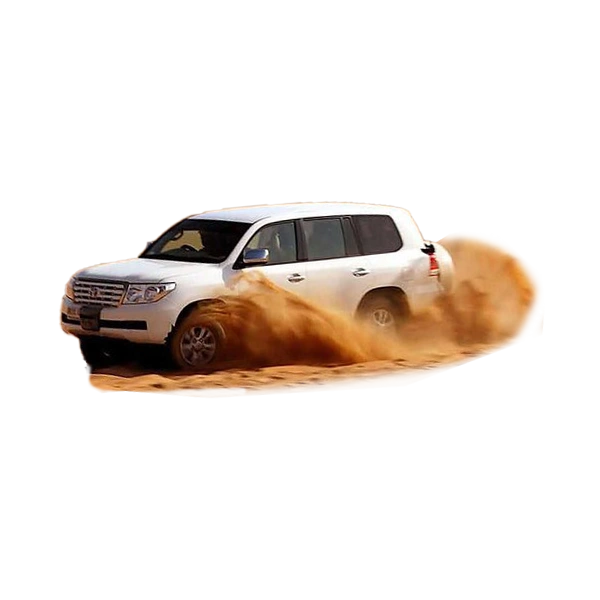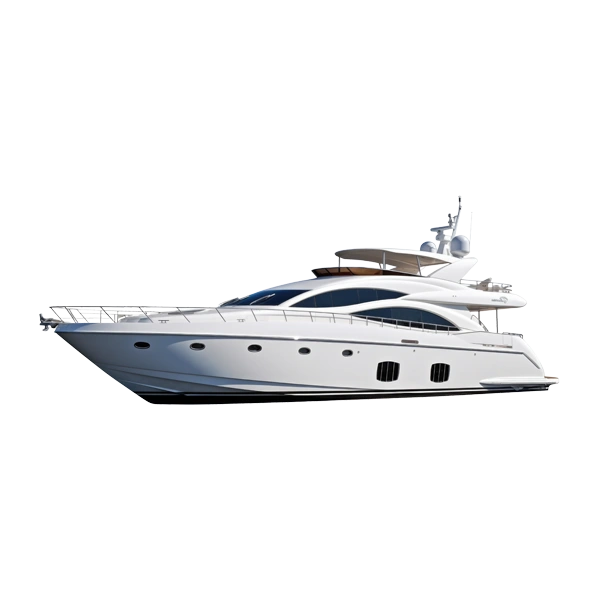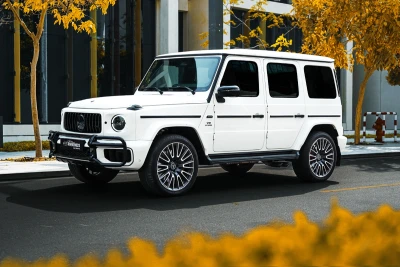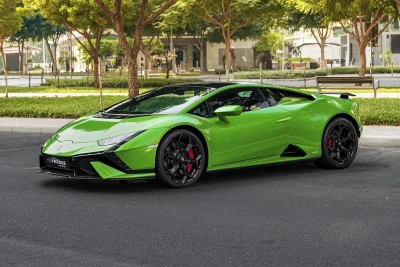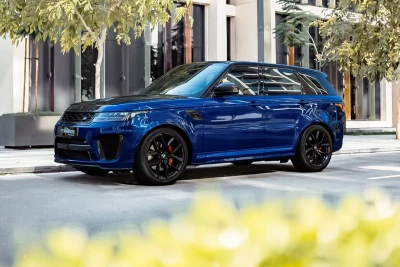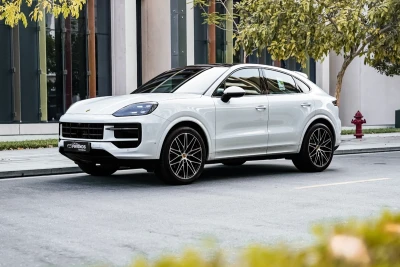17 Common Subaru Problems and Solutions

Looking for the most common Subaru problems and solutions? This comprehensive guide details the 17 most frequent Subaru issues and their practical solutions, empowering owners and prospective buyers to maintain their vehicles with confidence. Subaru vehicles are celebrated for their rugged reliability, all-wheel-drive capability, and spirited performance, making them a popular choice on the UAE’s diverse roads. Models like the Outback, Forester, and WRX deliver adventure-ready engineering, but they’re not immune to challenges, especially in the Emirates’ extreme heat and dusty conditions. Understanding these common Subaru car problems and their solutions empowers owners to maintain their vehicles with confidence. It ensures a seamless driving experience. Let’s explore the most frequent Subaru issues and how to address them effectively. 17 common Subaru Problems and their solutions/fixes: Excessive Oil Consumption and Leaks: Check oil levels; schedule leak-down tests; replace faulty gaskets; use high-quality synthetic oil. Head Gasket Failures in 2.5L Engines: Monitor coolant and oil; perform a compression test at the first sign of overheating. Engine Mount Failures: Inspect mounts; replace worn mounts; avoid aggressive launches; clean mount areas to prevent dust buildup. Ignition Misfires: Run OBD-II diagnostics; replace faulty spark plugs and coils; address open recalls; apply dielectric grease to connectors to prevent corrosion. Turbo/Supercharger Component Failures: Inspect turbo components; replace faulty actuators, valves, or hoses; pressure-test the boost system; ensure intercooler cleanliness. CVT Transmission Failures and Leaks: Check and replace CVT fluid; apply software updates at a dealer; inspect seals and cooler lines for leaks; drive conservatively to reduce strain. Parasitic Battery Drain: Test parasitic draw; replace or reprogram faulty modules; apply software patches; clean connectors. Infotainment System Failures: Update infotainment software biannually; inspect and secure wiring harnesses; check for recalls or TSBs; test system functionality before long drives. Backup Light Switch and Steering Angle Sensor Faults: Replace corroded switches and recalibrate sensors; apply dielectric grease to connectors; test lights and stability systems monthly. Wheel Bearing and Control Arm Bushing Failures: Inspect bearings and bushings; replace worn components; verify wheel alignment post-repair; clean suspension areas to prevent debris buildup. Brake Light Switch and ABS Faults: Replace switches and diagnose ABS modules at a dealer; address recalls; test brakes monthly for responsiveness. Denso Fuel Pump and GDI System Failures: Test fuel system pressure at a dealer; replace faulty pumps or injectors; use high-quality fuel; inspect fuel lines biannually. Cooling System Failures: Check coolant levels weekly; inspect hoses for cracks; replace worn pumps or pipes; pressure-test the system biannually. O2 Sensor and Catalytic Converter Failures: Address misfires or leaks promptly; replace sensors and converters; clear codes post-repair; inspect exhaust systems quarterly. Windshield Cracks and Interior Failures: Replace windshields; secure interior trim; replace faulty actuators; clean mechanisms quarterly. Airbag Defects and Unintended Acceleration: Check VIN for open recalls and replace faulty inflators or throttle components at a dealer; test throttle response monthly to ensure safety. Driveshaft/CV Axle Failures: Inspect drivetrain components at the first sign of vibration; replace worn parts; check hub bolts biannually. What Happens: Owners find themselves topping up oil every 1,000–1,500 km, far sooner than expected, often noticing a faint burnt oil odor in the cabin after long drives. Dashboard warnings for low oil pressure flash prematurely, and oil puddles or seepage around valve covers or engine seals become visible under the vehicle. Why It Occurs: Subaru’s FB-series engines suffer from piston ring wear, allowing oil to burn in the combustion chamber, as reported on Subaru owner forums. Valve cover gaskets and crankshaft seals degrade under the UAE’s intense heat, which increases oil volatility. Manufacturing tolerances in some engines exacerbate internal oil consumption, while dust exposure accelerates external seal wear. Impact: Chronic oil loss risks low pressure, leading to engine wear or catastrophic failure, potentially costing AED 10,000 – AED 20,000 for repairs. Leaks can damage exhaust components, create fire hazards in extreme heat, and lower resale value, tarnishing Subaru’s reliability reputation. How to Fix: Check oil levels weekly using a dipstick and record consumption patterns. Schedule a leak-down test with a Subaru-certified technician to pinpoint worn piston rings or gaskets. Replace faulty seals with OEM parts and switch to high-quality synthetic oil (e.g., 0W-20 or 5W-30) rated for hot climates. Conduct UV dye tests quarterly to detect leaks early and inspect under the car after parking. Affected Models: Outback, Forester, FB-series engine models. Related: 15 Common Bentley Problems & Solutions What Happens: Coolant levels drop mysteriously without visible leaks, accompanied by white, sweet-smelling exhaust smoke or milky oil on the dipstick. The engine runs hotter than usual, with temperature spikes during highway drives or in stop-and-go UAE traffic, triggering dashboard warnings. Why It Occurs: Despite design updates, 2.5L engines face head gasket failures due to thermal stress from repeated heating and cooling cycles, worsened by the UAE’s desert climate. Aluminum cylinder heads warp under prolonged heat, compromising gasket seals. Poor coolant maintenance or manufacturing flaws in gasket materials contribute, as noted in technical service bulletins. Impact: Head gasket failure risks severe overheating, leading to warped heads or engine seizure, with repair costs ranging from AED 5,000 – AED 15,000. Contaminated oil reduces lubrication, accelerating wear and lowering resale value, while breakdowns pose safety risks on busy UAE roads. How to Fix: Monitor coolant and oil weekly for signs of cross-contamination (e.g., milky oil or low coolant). At the first hint of overheating or smoke, stop driving and have a certified workshop perform a compression test and coolant system check. Replace gaskets with updated OEM parts, ensure heads are machined for flatness, and use Subaru-approved coolant. Inspect radiator and hoses biannually to prevent recurrence. Affected Models: Outback, Forester, 2.5L models. What Happens: Vibrations ripple through the cabin at idle or during acceleration, paired with a distinct clunk when shifting gears. The engine visibly shifts under load, making the car feel unsteady, especially on the UAE’s uneven desert roads or in city traffic. Why It Occurs: Rubber or hydraulic engine mounts degrade from the UAE’s high temperatures, engine torque, and frequent stop-and-go driving. Hydraulic fluid leaks or rubber cracking, worsened by dust ingress, reduce mount effectiveness, as reported in owner discussions. Impact: Failed mounts transmit excessive vibrations, accelerating wear on transmission and exhaust systems, and reducing driving comfort. Neglect risks drivetrain misalignment, with repair costs of AED 1,500 – AED 4,000, impacting reliability and owner satisfaction. How to Fix: Inspect mounts every 20,000 km during routine servicing at a Subaru dealer. Replace worn mounts with OEM or heat-resistant aftermarket units designed for high-torque engines. Avoid aggressive launches to minimize stress and clean mount areas to prevent dust buildup. Affected Models: Outback, Forester, Legacy, Impreza, Crosstrek, WRX. Related: 17 Common Range Rover Problems & Solutions What Happens: The engine stutters, idles unevenly, or loses power during acceleration, often with a flashing Check Engine light. Drivers may hear knocking or popping sounds, and fuel economy drops noticeably, especially on the UAE’s long highway stretches. Why It Occurs: Worn spark plugs, failing ignition coils, or degraded wiring harnesses, stressed by heat and humidity, disrupt combustion. Recalls on valve springs or PCV valves in some models exacerbate misfires, while dust-induced corrosion in connectors adds to the issue, per Subaru forums. Impact: Persistent misfires damage catalytic converters, raise emissions, and risk sudden stalls in heavy traffic, posing safety hazards. Repairs cost AED 1,000 – AED 3,000, with potential converter replacement adding AED 5,000+. How to Fix: Run OBD-II diagnostics at the first sign of misfiring. Replace spark plugs and coils every 60,000 km with OEM parts and inspect wiring for heat-related damage. Address open recalls for valve springs or PCV valves and apply dielectric grease to connectors to prevent corrosion. Affected Models: Forester, Impreza. What Happens: Acceleration feels sluggish, with a noticeable loss of boost pressure, often accompanied by whistling or hissing noises from the engine bay. Turbo-related fault codes appear, and the engine may run rich, reducing responsiveness on UAE’s demanding roads. Why It Occurs: Turbo actuators, bypass valves, or boost hoses wear out under high exhaust temperatures and heavy loads, common in the UAE’s climate. Manufacturing tolerances or insufficient cooling contribute, as noted in performance-focused Subaru communities. Impact: Reduced power compromises drivability, especially during overtaking, while higher fuel consumption strains budgets. Full turbo failure costs AED 5,000 – AED 10,000, impacting reliability and performance. How to Fix: Inspect turbo components every 15,000 km during routine service. Replace faulty actuators, valves, or hoses with OEM parts and pressure-test the boost system for leaks. Avoid prolonged high-boost driving in extreme heat and ensure intercooler cleanliness. Affected Models: Turbocharged Subaru models. Related: 17 Common GMC Problems & Solutions What Happens: Gear shifts feel sluggish or jerky, with shuddering during acceleration or transmission temperature warnings. CVT fluid puddles under the car indicate leaks, disrupting smooth performance in the UAE’s stop-and-go traffic. Why It Occurs: Subaru’s Lineartronic CVT suffers from drive chain wear, valve body malfunctions, or seal degradation, accelerated by the UAE’s heat. Software glitches or irregular fluid changes, combined with dust exposure, worsen issues, as reported in owner reviews. Impact: Severe CVT damage risks breakdowns, with repairs or replacements costing AED 7,000 – AED 20,000. Unreliable shifting compromises safety during overtaking and reduces resale value. How to Fix: Check CVT fluid every 40,000 km and replace it with Subaru-approved fluid. Apply software updates at a dealer, inspect seals and cooler lines for leaks, and address warnings immediately. Drive conservatively to reduce strain in hot conditions. Affected Models: Outback, Forester, Ascent, Legacy. What Happens: The battery dies after sitting overnight or during short trips, causing no-start issues or infotainment resets. Dashboard lights may flicker, disrupting functionality in the UAE’s scorching climate. Why It Occurs: Faulty rear hatch modules or CAN bus controllers fail to enter sleep mode, drawing constant power. Heat and dust accelerate connector corrosion, as highlighted in Subaru technical discussions. Impact: Frequent jump-starts or battery replacements (AED 500 – AED 1,500) inconvenience owners and risk stranding in remote areas. Reliability suffers, impacting owner confidence. How to Fix: Test parasitic draw with a professional ammeter at a Subaru dealer. Replace or reprogram faulty modules, apply software patches, and clean connectors with dielectric grease to combat corrosion. Check battery health biannually. Affected Models: Forester, Outback. Related: 17 Common MINI Problems & Solutions What Happens: The touchscreen freezes, navigation reboots randomly, or rearview cameras fail, disrupting safety and convenience. System lag or complete boot failures render the unit unusable, especially in the UAE’s busy traffic. Why It Occurs: Defective hardware, chafed wiring harnesses, or outdated software, stressed by heat and dust, cause instability. Poor connector sealing, noted in owner forums, exacerbates intermittent faults. Impact: Loss of navigation or cameras increases accident risks. Repairs cost AED 2,000 – AED 5,000, eroding the premium driving experience and resale value. How to Fix: Update infotainment software biannually via Subaru’s portal. Inspect and secure wiring harnesses, replacing damaged ones with OEM parts. Check for recalls or TSBs and test system functionality before long drives. Affected Models: Outback, Crosstrek, Impreza. What Happens: Reverse lights fail intermittently, or stability/ABS warnings appear unexpectedly, sometimes paired with awkward handling. Recalls have targeted corroded switches in some models. Why It Occurs: Moisture ingress corrodes backup light switches and steering angle sensors, worsened by poor sealing or heat-induced wiring degradation, as reported in Subaru service bulletins. Impact: Failed lights reduce rear visibility, risking fines or collisions, while sensor faults disable stability controls, compromising safety. Repairs cost AED 500 to AED 2,000. How to Fix: Replace corroded switches and recalibrate sensors with OEM parts at a Subaru dealer. Apply dielectric grease to connectors and follow recall instructions. Test lights and stability systems monthly. Affected Models: WRX. Related: 23 Common Honda Problems & Solutions What Happens: A grinding or humming noise grows louder with speed, paired with loose steering or uneven tire wear. Popping sounds during turns signal bushing wear, affecting handling on UAE’s roads. Why It Occurs: Wheel bearings and control arm bushings wear prematurely from road debris, heavy loads, and the UAE’s heat, which dries out rubber components. Contamination accelerates failure, per owner feedback. Impact: Bearing failure risks wheel separation, while worn bushings reduce steering precision, posing safety hazards. Repairs cost AED 1,500 – AED 4,000, impacting reliability. How to Fix: Inspect bearings and bushings every 15,000 km. Replace worn components with OEM parts and verify wheel alignment post-repair. Clean suspension areas to prevent debris buildup. Affected Models: Forester, Outback. What Happens: Brake lights fail to illuminate or stay on, with ABS or brake system warnings on the dashboard. Some owners report reduced brake responsiveness, especially in high-speed UAE driving. Why It Occurs: Corroded brake light switches or defective ABS modules, exposed to moisture and heat, fail prematurely. Manufacturing defects, noted in recalls, contribute to the issue. Impact: Faulty brakes increase stopping distances, risking accidents, while failed lights attract fines. Repairs cost AED 1,000 – AED 3,000, affecting safety and value. How to Fix: Replace switches with OEM parts and diagnose ABS modules at a Subaru dealer. Address recalls and protect wiring with dielectric grease. Test brakes monthly for responsiveness. Affected Models: WRX. Related: 23 Common Ford Problems & Solutions What Happens: The engine surges, stutters, or stalls, with intermittent power loss or no-start conditions. Dashboard warnings may signal low fuel pressure, disrupting drives in the UAE. Why It Occurs: Denso fuel pumps crack or fail, while GDI injectors clog, worsened by contaminated fuel or the UAE’s heat, as noted in recall campaigns and owner forums. Impact: Breakdowns risk stranding drivers, with repairs costing AED 2,000 – AED 5,000. Stalls in traffic pose serious safety hazards. How to Fix: Test fuel system pressure at a Subaru dealer. Replace faulty pumps or injectors with OEM parts and use high-quality fuel with proper filters. Inspect fuel lines biannually. Affected Models: WRX, Ascent, Forester. What Happens: Overheating warnings, low coolant levels, or puddles under the car appear, with erratic HVAC performance or temperature spikes during heavy UAE driving. Why It Occurs: Failing water pumps, cracked coolant pipes, or deteriorated hoses, stressed by heat and poor seals, restrict flow or leak, as reported in Subaru communities. Impact: Overheating risks head gasket failure or engine seizure, with repairs costing AED 5,000 – AED 15,000. Reliability suffers in extreme conditions. How to Fix: Check coolant levels weekly and inspect hoses for cracks. Replace worn pumps or pipes with OEM parts and use Subaru-approved coolant (50/50 mix). Pressure-test the system biannually. Affected Models: Outback. Related: 17 Common BMW Problems & Solutions What Happens: Check Engine lights illuminate with O2 sensor codes, paired with poor fuel economy or power loss. Clogged catalytic converters cause high exhaust temperatures. Why It Occurs: O2 sensors degrade from heat and contamination, while converters clog from misfires or oil leaks, worsened by the UAE’s climate, per owner reports. Impact: Failed emissions tests and reduced performance result, with repairs costing AED 2,000 – AED 7,000. Damaged converters risk overheating nearby parts. How to Fix: Address misfires or leaks promptly. Replace sensors and converters with OEM parts and clear codes post-repair. Inspect exhaust systems quarterly. Affected Models: Outback. What Happens: Windshields crack easily from minor impacts, interior trim rattles, or tailgate/washer systems fail, with beeping or stuck mechanisms reducing convenience. Why It Occurs: Thin windshield glass, poor adhesive bonding, and low-quality plastics degrade under heat and dust, while actuators corrode, as noted in Subaru forums. Impact: Noise and failures diminish the driving experience, with repairs costing AED 1,000 – AED 3,000. Cracked windshields reduce visibility and value. How to Fix: Replace windshields with OEM glass, secure trim with proper clips, and replace faulty actuators with OEM parts. Clean mechanisms quarterly to prevent dust ingress. Affected Models: Forester, Outback, Ascent. Related: 25 Common Chevrolet Problems & Solutions What Happens: Airbag warning lights or recall notices appear, with risks of inflator rupture. Unintended acceleration incidents, tied to throttle issues, disrupt safe driving. Why It Occurs: Takata airbag inflators, recalled globally, and electronic throttle faults, noted in Subaru campaigns, cause these issues, worsened by heat-affected ECUs. Impact: Ruptured airbags or acceleration pose serious injury risks. Recalls offer free repairs, but unresolved issues lower trust and value. How to Fix: Check VIN for open recalls and replace faulty inflators or throttle components at a Subaru dealer. Test throttle response monthly to ensure safety. Affected Models: Legacy, Forester. What Happens: Vibrations or clunking during acceleration, with potential driveshaft cracks or hub bolt failures, compromise stability on UAE’s roads. Why It Occurs: Fatigue in driveshafts, worn CV joints, or loose hub bolts, worsened by heat and heavy loads, cause failures, as noted in service bulletins. Impact: Wheel separation risks catastrophic accidents, with repairs costing AED 2,000 – AED 6,000. Drivability and safety suffer. How to Fix: Inspect drivetrain components at the first sign of vibration. Replace worn parts with OEM components and follow service bulletins. Check hub bolts biannually. Affected Models: Outback, Forester, Crosstrek, Impreza, WRX, Legacy, and Solterra EV. Related: 25 Common Hyundai Problems & Solutions Owning a Subaru in the UAE offers adventure and reliability, but proactive maintenance is key to tackling the region’s harsh conditions. By addressing these 17 common Subaru car problems—from oil leaks to CVT failures—you can ensure your vehicle delivers the performance and durability Subaru is known for. Regular inspections, OEM parts, and prompt attention to warning signs are essential for hassle-free ownership. With this knowledge, you can ensure your Subaru remains a reliable and safe vehicle for years to come. Share your Subaru maintenance tips in the comments to help fellow owners navigate their journey with confidence.Engine Issues
1. Excessive Oil Consumption and Leaks
2. Head Gasket Failures in 2.5L Engines
3. Engine Mount Failures
4. Ignition Misfires (Spark Plugs, Coils, Wiring)
5. Turbo/Supercharger Component Failures
Transmission Issues
6. CVT Transmission Failures and Leaks
Electrical Issues
7. Parasitic Battery Drain
8. Infotainment System Failures
9. Backup Light Switch and Steering Angle Sensor Faults
Suspension & Steering Issues
10. Wheel Bearing and Control Arm Bushing Failures
Brake Issues
11. Brake Light Switch and ABS Faults
Fuel System Issues
12. Denso Fuel Pump and GDI System Failures
Cooling System Issues
13. Cooling System Failures
Exhaust & Emissions Issues
14. O2 Sensor and Catalytic Converter Failures
Body & Interior Issues
15. Windshield Cracks and Interior Failures
Safety Issues
16. Airbag Defects and Unintended Acceleration
Drivetrain & Axle Issues
17. Vibration and Driveshaft/CV Axle Failures
Final Thoughts
Written by: FriendsCarRental
Published at: Thu, Aug 14, 2025 2:20 PM
Leave a Reply
Your email address will not be published. Required fields are marked *
Car Rental in Dubai
AED 2500
DAY
AED 0
MONTH
-
 SUV
SUV -
 4 Doors
4 Doors -
 5 Seats
5 Seats
- 1 Day Rental Available
- Deposit: Not Required
- Insurance Included
AED 5500
DAY
AED 0
MONTH
-
 Sports
Sports -
 2 Doors
2 Doors -
 2 Seats
2 Seats
- 1 Day Rental Available
- Deposit: Not Required
- Insurance Included
AED 1200
DAY
AED 0
MONTH
-
 SUV
SUV -
 4 Doors
4 Doors -
 5 Seats
5 Seats
- 1 Day Rental Available
- Deposit: Not Required
- Insurance Included
AED 1600
DAY
AED 0
MONTH
-
 SUV
SUV -
 4 Doors
4 Doors -
 5 Seats
5 Seats
- 1 Day Rental Available
- Deposit: Not Required
- Insurance Included
AED 1500
DAY
AED 28500
MONTH
-
 SUV
SUV -
 4 Doors
4 Doors -
 5 Seats
5 Seats
- 1 Day Rental Available
- Deposit: Not Required
- Insurance Included

 عربي
عربي
 English
English
 Français
Français
 Русский
Русский
 中国人
中国人
 Nederlands
Nederlands
 Española
Española
 Türkçe
Türkçe
 Italiana
Italiana
